EU Food Law —— A Practical Guide
----- 欧盟食品法:实用指南
Given its fragmented development, EU food law can be seen as both complex and confusing. With its distinguished team of contributors, EU food law highlights the key issues so those non-specialists can understand the legislation and what it means for them. It is designed to help readers ask the right questions when developing and marketing products in the European Union, and to provide answers to those questions.The book begins with an overview of the development of EU food law, and then describes the main institutions involved in framing food legislation and the legislative process. This discussion is designed to provide a context for the chapters on specific aspects of EU food law that follow. Part one there are a series of chapters on legislation controlling food safety, ranging from the way food products are manufactured (hygiene and the control of contaminants) to food composition and packaging (additives and food contact materials). Part two considers how EU food law ensures that consumers are properly informed about the food products they buy. There are chapters on labelling, nutrition information, the increasingly important area of health claims, and the handling of foods for particular nutritional purposes.
{{comment.content}}
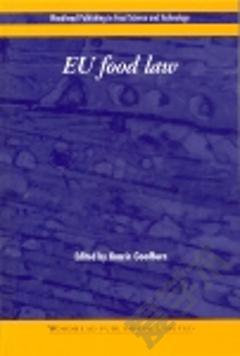
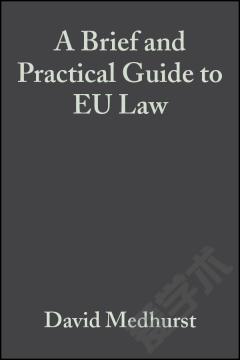
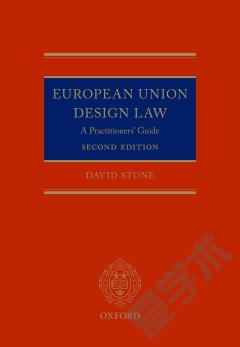
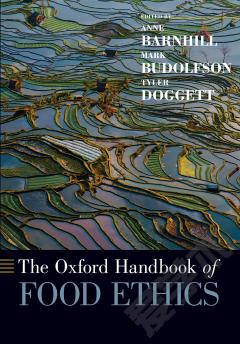
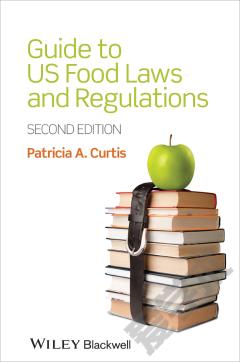



 京公网安备 11010802027623号
京公网安备 11010802027623号